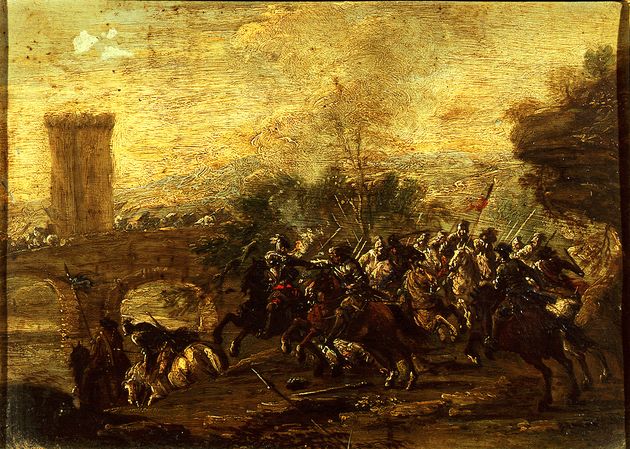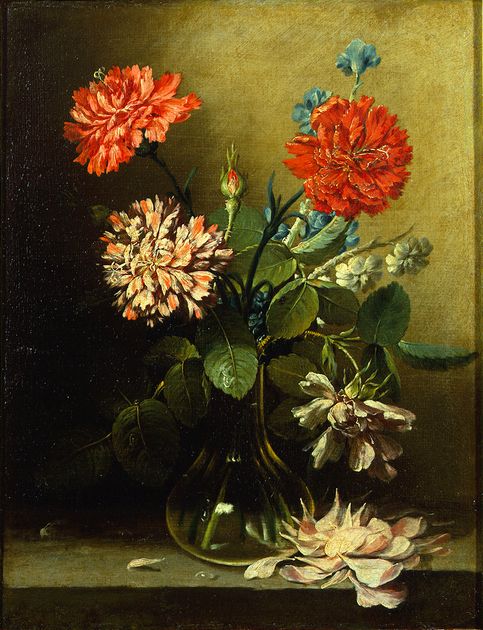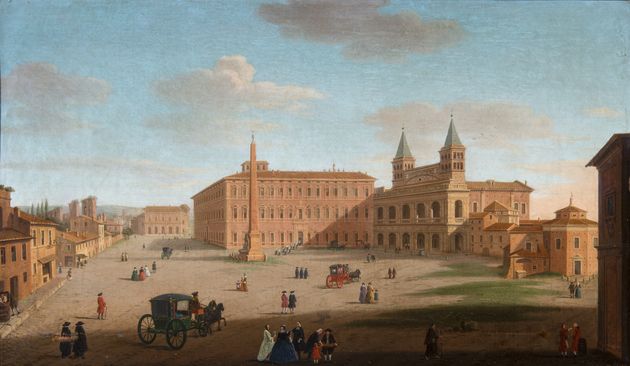The technique and the lightness of the pictorial treatment suggest a production, perhaps of group paintings, for purchasers who were looking for low-cost works for decoration purposes; this flourishing market is characterised by the presence of many masters, who tend to be uniform in stylistic features, which has resulted in attribution difficulties.
Sister Celeste a.k.a. Maria Luigia Raggi was a gifted female personality, specialising in idealised views that were popular with the foreigners who stopped in Rome during the Grand Tour. Daughter of Marquis Giovanni Antonio Raggi and Maria Brignole Sale, this noblewoman of Genoese origin was a cultured amateur painter. Recently, scholar Consuelo Lollobrigida (2012) has reconstructed her life as a miniaturist painter recluse in the Genoese convent of the Turchine nuns, attributing around 90 tempera paintings to her. In 1781, Raggi fled to Rome, as life in the cloister had become unbearable for her, and found refuge and hospitality with a relative: here she would start painting Roman monuments set in often fantasy landscapes. Together with reading texts on Arcadia, this influenced her artistic inclination, so much so that even when she returned to the convent she continued to paint, as if seeking an escape from reality.
The views, always highly original, are characterised by clear, bright skies with wavy or irregular clouds and recall the pointillism of porcelain painting.
The reference models are the landscapes of Rome and the surrounding countryside, executed by 18th century French and Flemish artists.











































